Solo and self-sufficient: Efficient food production for singles or small families.
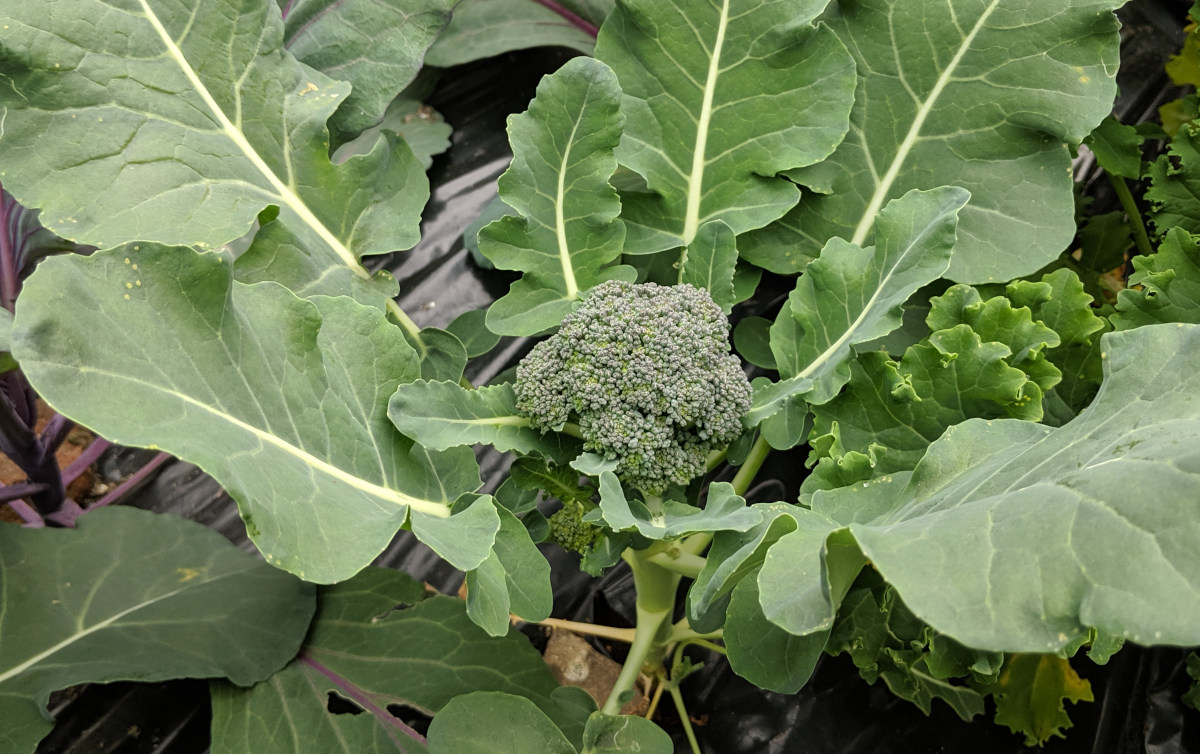
Living alone can be both liberating and challenging. One aspect that often requires careful planning and management is food especially if you want to grow your own.
Table of Contents
If you would like to be more self-sufficient in food production, and reduce your reliance on grocery stores, save money, and enjoy the satisfaction of growing and consuming your own fresh food then this page is for you.
I never had kids so there has only been the two of us so I have had plenty of practice extending my harvest and preserving and storing food in safe manner.
Below: Grow varieties that can be harvested as baby veg. With courgettes you can eat the flowers as well, they are amazing dipped in tempura batter and deep fried.
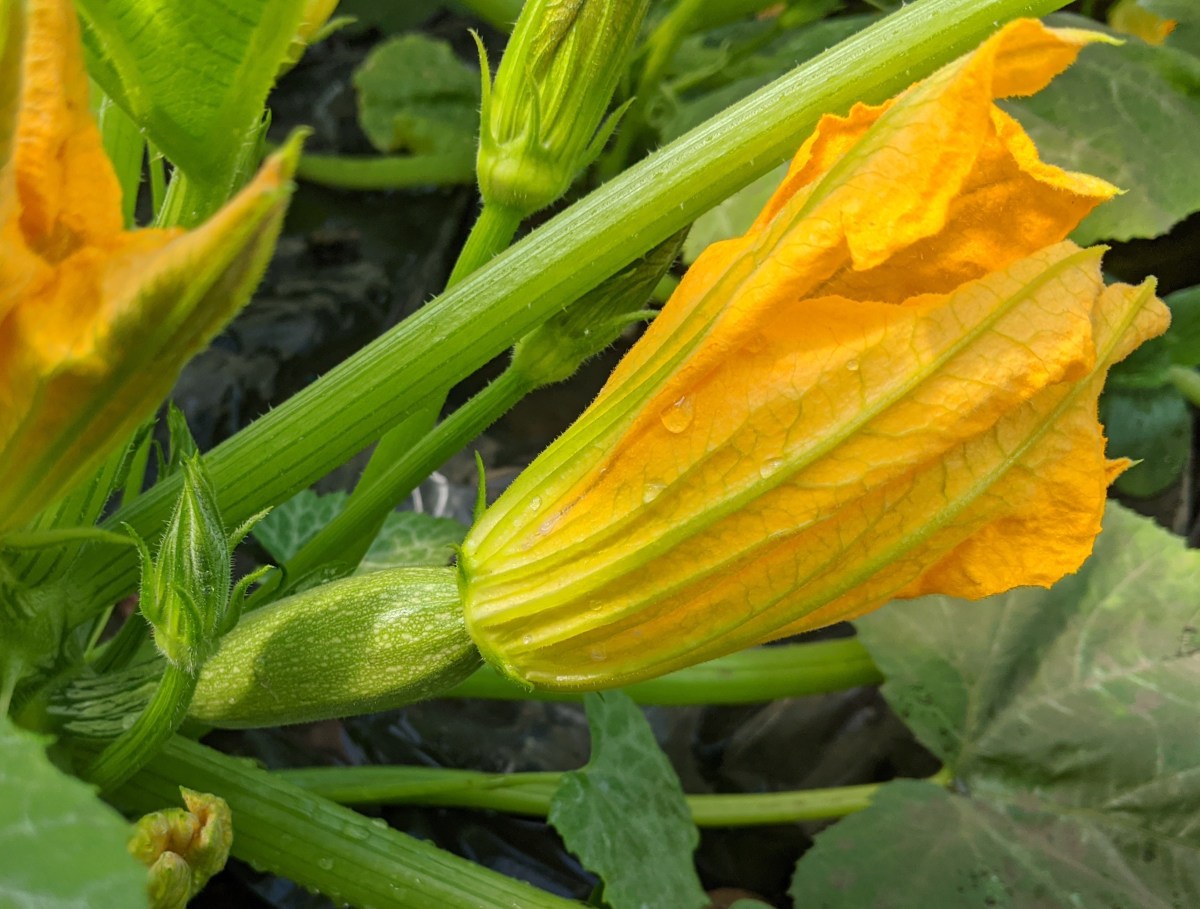
Achieving food self-sufficiency isn’t just about independence—it’s also about saving money and reducing your environmental footprint. Growing your food cuts down on grocery bills, especially as food prices continue to rise.
Additionally, by eating locally (from your own garden!), you reduce the carbon footprint associated with transporting food from farm to table. Over time, these small steps can lead to significant financial savings and a more sustainable lifestyle.
Practical ways to extend the harvest:
Growing your own food is one of the most eco-friendly things you can do as it has zero food miles and can be used straight from the garden without needing cold storage.
- Only grow food you like: This may sound a little odd but one of my neighbours always grew loads of Brussels sprouts and never ate them himself.
- Start your first crop early indoors: Almost any vegetable, with the excepting of root crops, can be started indoors early in the growing season .
- Use forcing techniques: Forcing is a method of covering or warming certain plants for early crops.
- Practice successional planting: Many gardeners, myself included, struggle to plant a small number of seeds at regular intervals. Planting one cabbage, broccoli or cauliflower seed a week will be plenty.
- Get together with local friends and other food growers: Seed packets often have huge numbers that can be shared. I have found the same is true with tubers, they come in bags of fifty seed potatoes so growing an early, mid and main crop will leave you with half a ton of spuds.
- Indoor gardening: Micro-greens are nutrient-packed seedlings that can be harvested within 7 days and can be grown indoors year-round.
- Grow vegetables that can be harvest small as baby veg: Courgettes, spring onions and sweetcorn spring to mind. All the members of the cabbage family can be harvested "baby".
- Grow non-hearting lettuces: These can be harvested one leaf at a time and have an extended cropping period. These are known as cut-and-come-again crops.
- Grow leafy greens: Many of these plants will stand for ages especially over winter. I grow Cavelo Nero for this as it is the only Kale variety I like.
- Container gardening: Utilise pots, planters, or raised beds to grow herbs, vegetables, and even small fruits. People who live on their own seldom need a large potato bed and growing a few in grow-bags or pots will give you a long harvest.
- Don't forget root vegetables: Nearly all root vegetables can be covered with straw at the end of the growing season and stored in the ground until needed.
- Use cold frames, poly-tunnels, greenhouses or hoop houses: These extend the season and come in every size imaginable.
- Grow perennial vegetables and fruits: These include asparagus, artichokes and most fruits. They crop predictably year after year and can help with planning.
Indoor growing allows you to start seeds early in the season or extend the growing season well into winter by controlling temperature and light conditions.
Below: Consider some chickens for eggs, bantams are small and easy to look after and will happily consume any surplus veg from your garden.
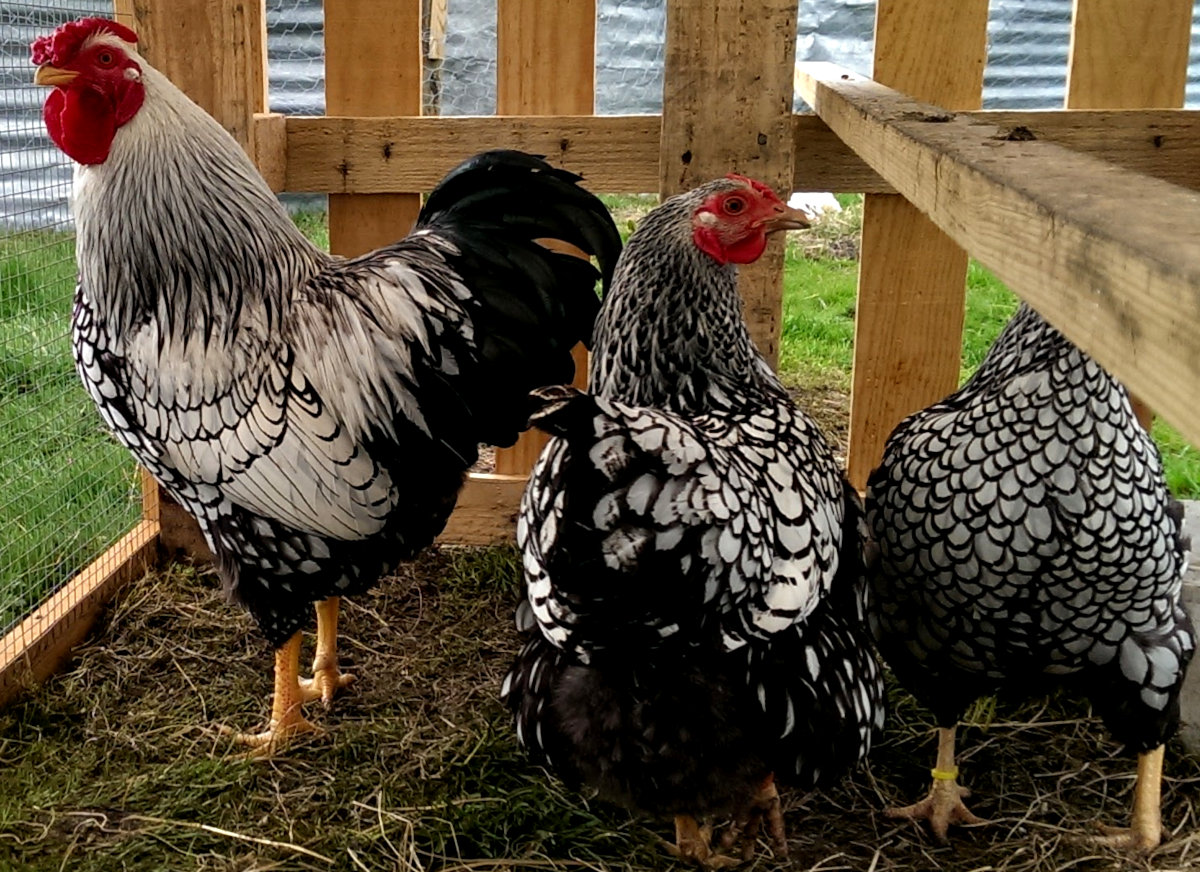
Chickens or ducks make a wonderful edition to the self sufficient home and help reduce wastage and their dropping make excellent fertiliser when added to the compost pile.
While you may be pursuing food self-sufficiency on your own, that doesn’t mean you have to do everything solo. Consider joining or forming a local gardening group where you can share tips, trade produce, or even split the cost of bulk supplies.
Below: Consider mushrooms if you like them, you can grow them all year and there are a dozen types to choose from for the home cultivator.
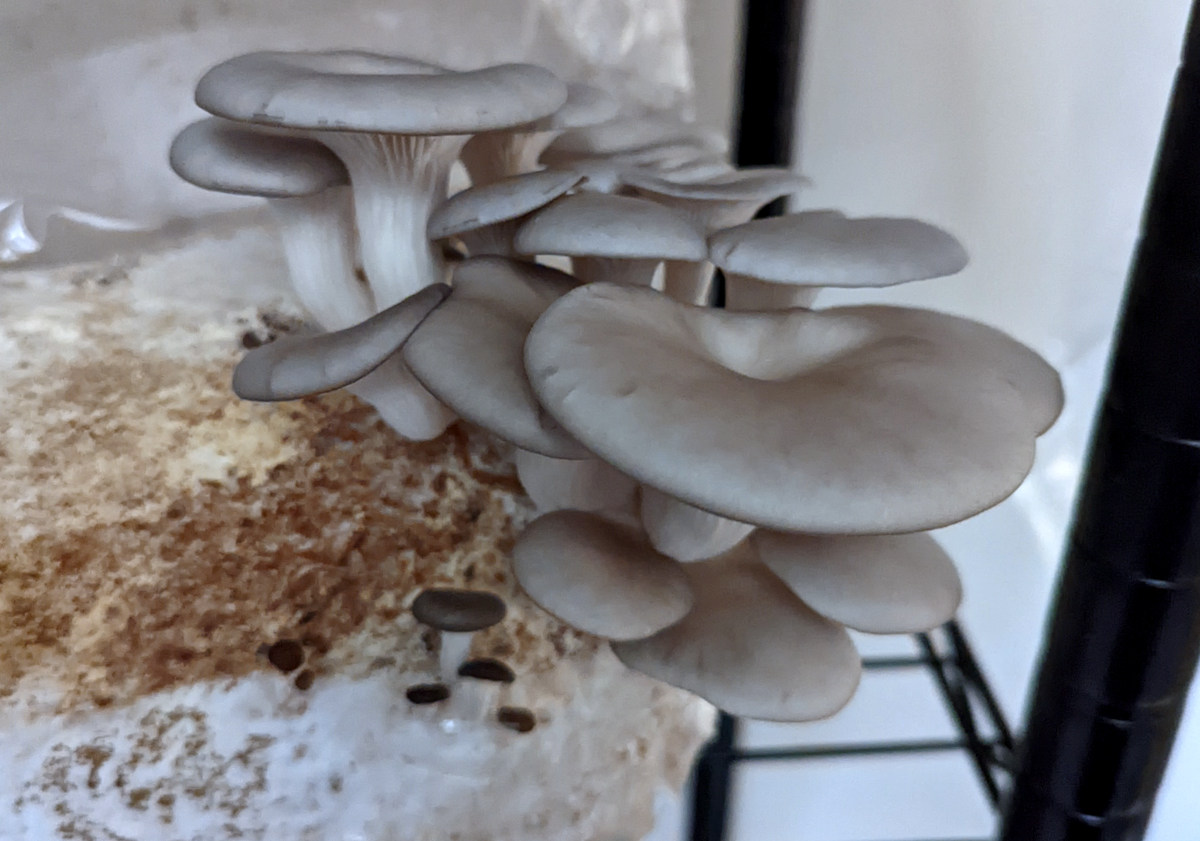
Community gardens are another excellent resource, providing you with more space to grow your food and connect with others who share similar goals. These sorts of places often have seed banks for sharing or for trading seedlings.
Choose your veg and fruit varieties carefully:
Choosing a combination of heritage and F1 hybrids, The Hybrids have vigour and will be ready first and the heirloom types will crop later and over a longer period.
Below: Short rows of leafy greens and non heart forming lettuces can be picked as and when.
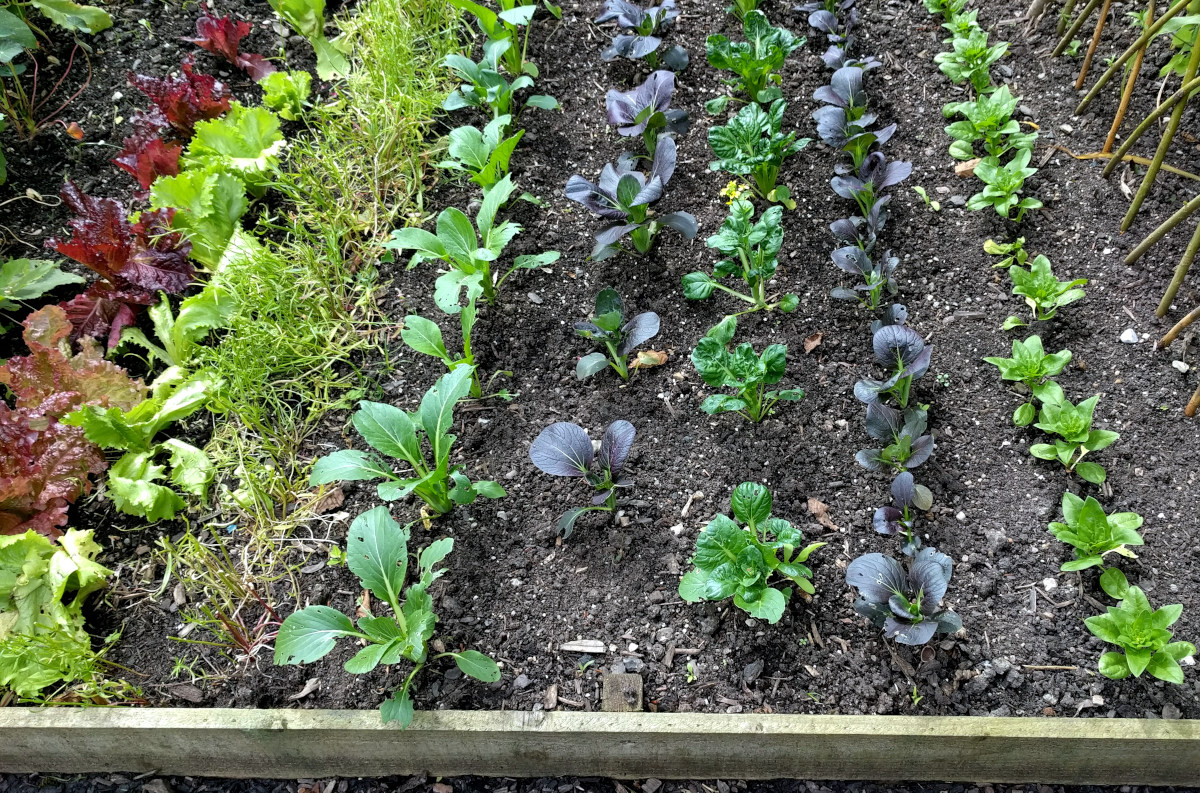
The choice of breed is especially true with plants like the cucumber. A modern F1 hybrid like Carmen can produce a large fruit a day late in the season under the right conditions. I like marketmore as a variety as although the fruits need to be peeled, they are a better size.
Below: Purple and pink potatoes may look a little weird but they are blight resistant and produce good crops of similar sized spuds and store well.
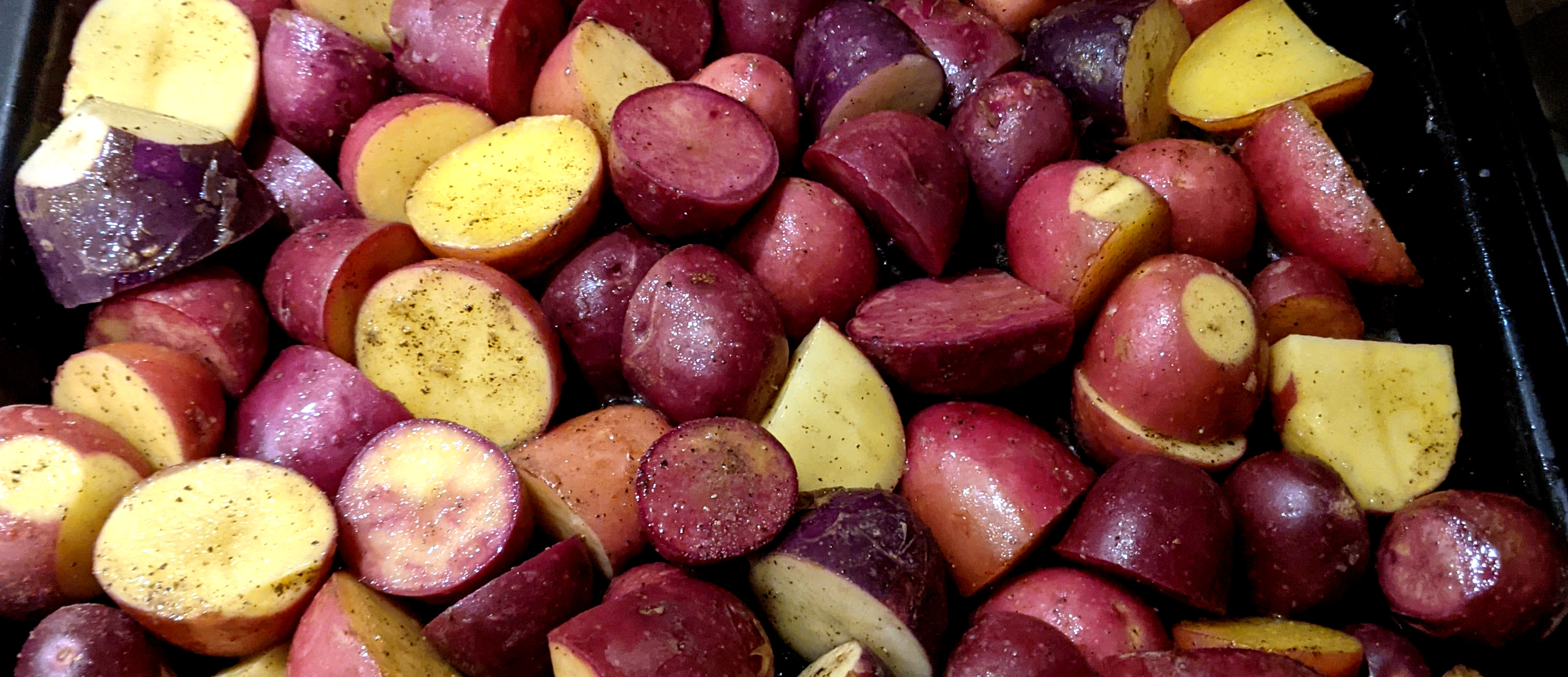
Traditional varieties of vegetables and fruit are known for producing different sizes of crop over a wide time frame.
- Growing fast-maturing crops alongside slower-maturing ones: Using broccoli as an example, I plant a purple sprouting variety along side a heritage and and a quick growing F1 hybrid. The commercial F1's can be ready in 45 days, the heritage type can be ready in 90 to 100 days and the Purple sprouting covers the food gap early in the following season.
- Get a three variety fruit tree: I have both an apple and a pear tree that has three varieties grafted onto the root stock, the result is that fruit is ready over the course of two or three months in small amounts rather than having bucketfuls to deal with all in one go.
- Choose early, mid-season, and late-season varieties: This way, you’ll have a continuous harvest from early summer through fall.
- Select a variety that will store well: Onions are very different, some I struggle to keep edible for 30 days whereas some I have manged to store for nearly a year. Hard neck garlic stores for longer than soft neck.
Heirloom varieties often take longer to produce but the better flavour is well worth the time.
Try growing a crop of shallots with your onions, they are small, have more flavour and sometimes store better. Shallots also pickle beautifully.
Below: I found acorn squash is just the right size for us and can be picked early with a soft skin or allowed to ripen for storage.
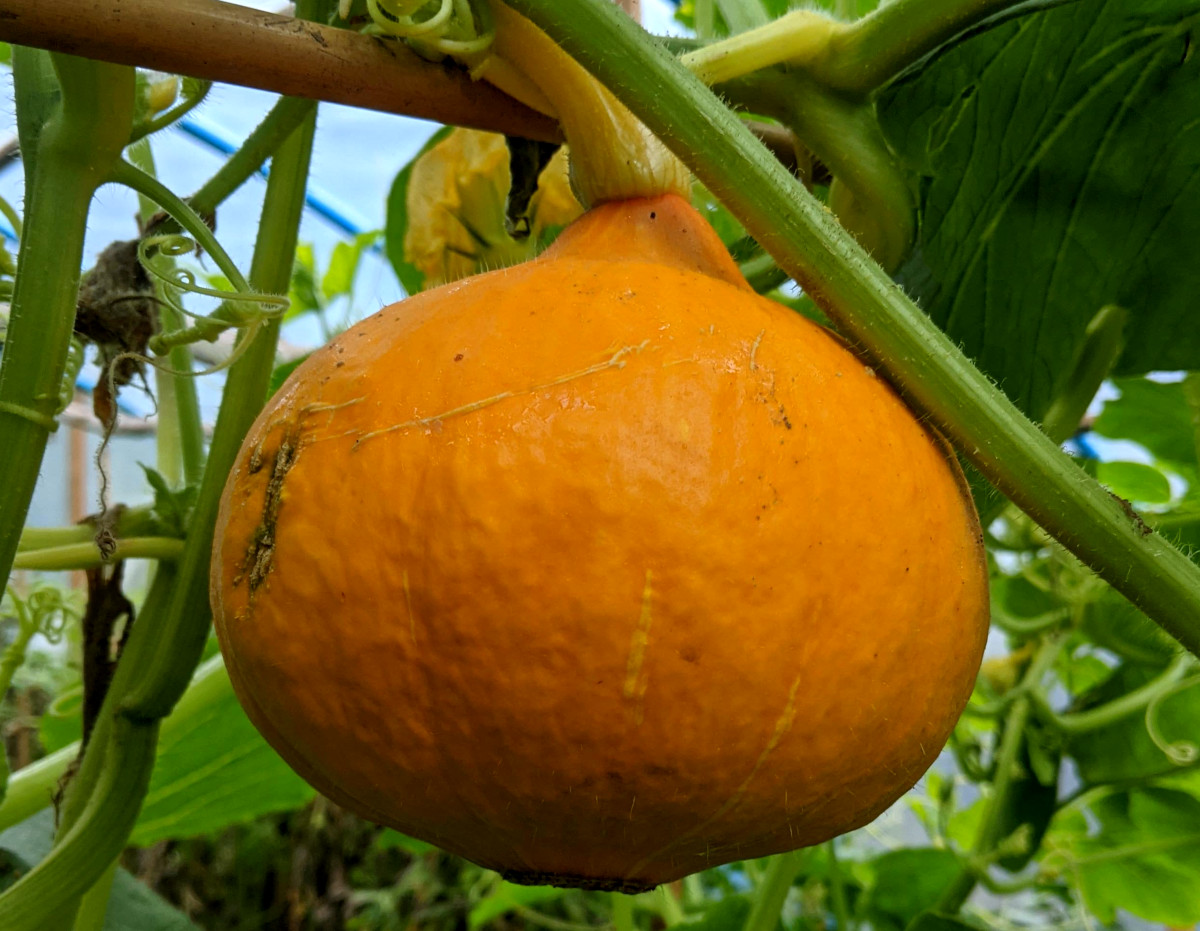
This means I can eat them from late June through till Christmas. They also climb beautifully and because they are a heritage variety you can keep the seeds for following years. Another squash variety that I have grown very successfully is the Gem squash. Small and green with a good shelf life.
Preserving and storing produce for those living alone:
Preserving food is a crucial aspect of food self-sufficiency, especially for singles who might not consume fresh produce quickly enough before it spoils. Canning, pickling, fermenting, and dehydrating are all excellent ways to extend the shelf life of your harvest.
It also generally means you will be preserving and storing smaller quantities at any one time as even properly preserved food degrades over time.
Below: 1 large soft fruit bush is probably enough if you live on your own. I would struggle to eat more than 4 jars or redcurrant jelly a year.
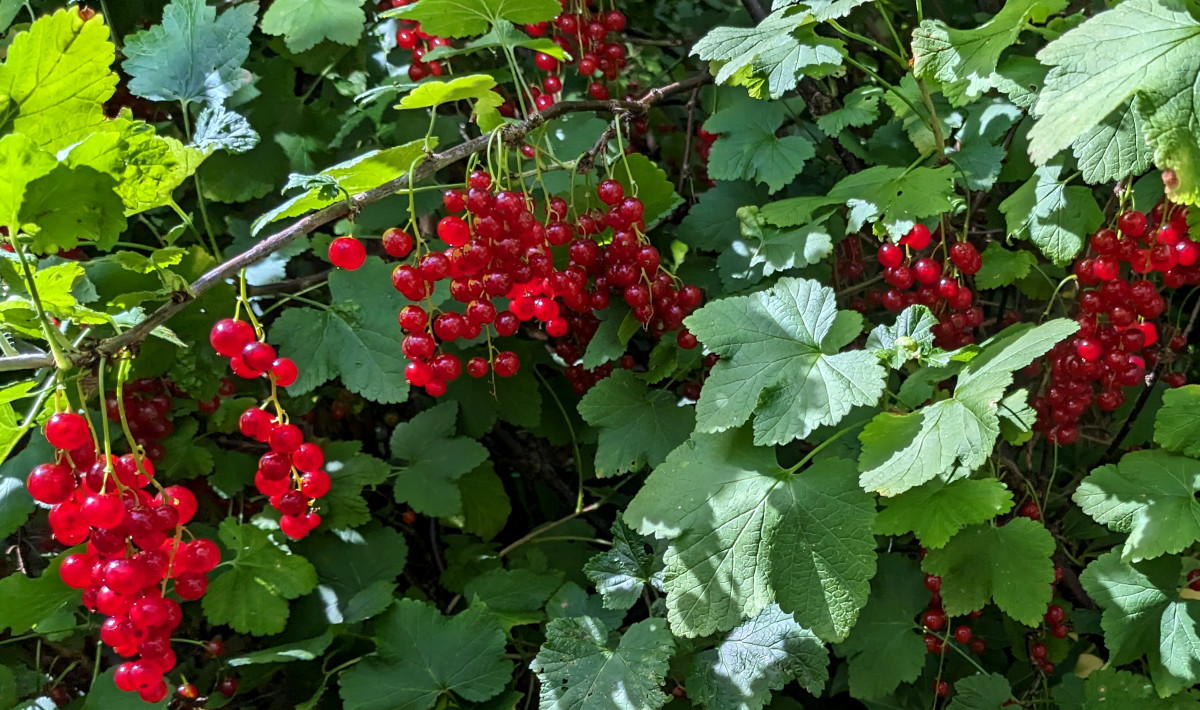
I find with just the two of us the freezer has become my friend. I pick peas as they are produced and any surplus from each session are frozen raw in pots. I do much the same thing with broccoli and cauliflower, we never eat a whole one so I cut what is left into florets and freeze, again raw.
Below: This is how I grow my basil and other soft herbs like Cilantro (Coriander).
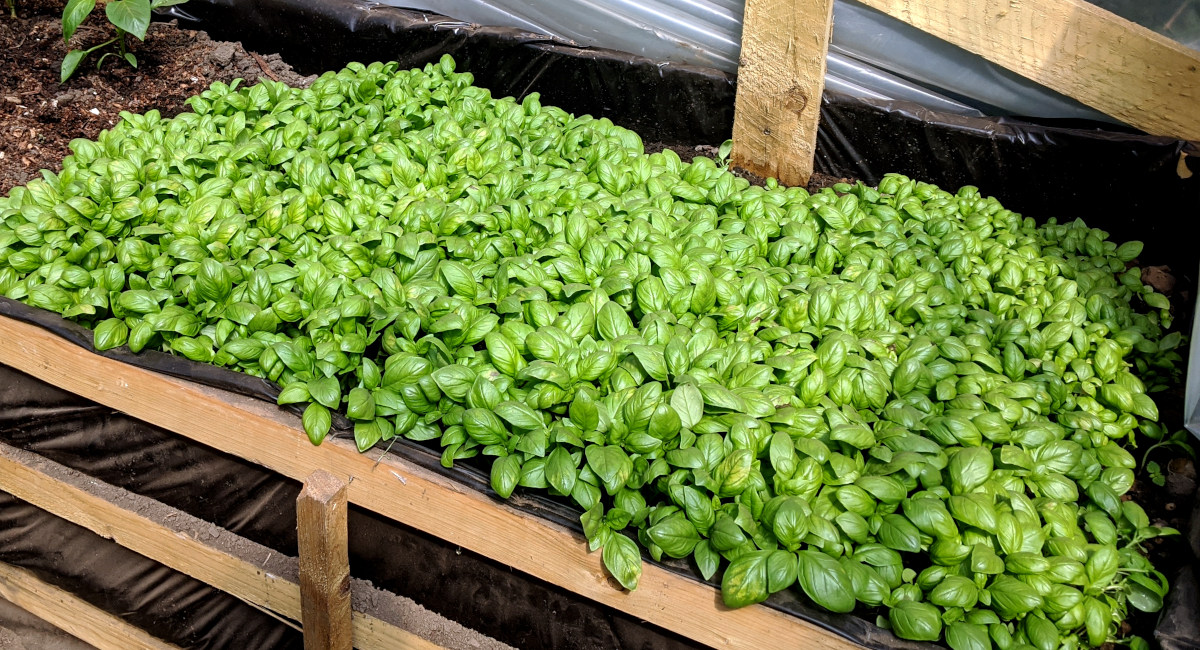
I plant a mass of it close together and then pick and freeze the whole leaves in a strong bag. When they are frozen they can be crushed into small flakes and kept all year if needed.
You don't have to Blanche all vegetables before freezing.
Below: Some vegetables store well naturally like the onion family (Well most of them, don't try and store elephant garlic and some onions types).
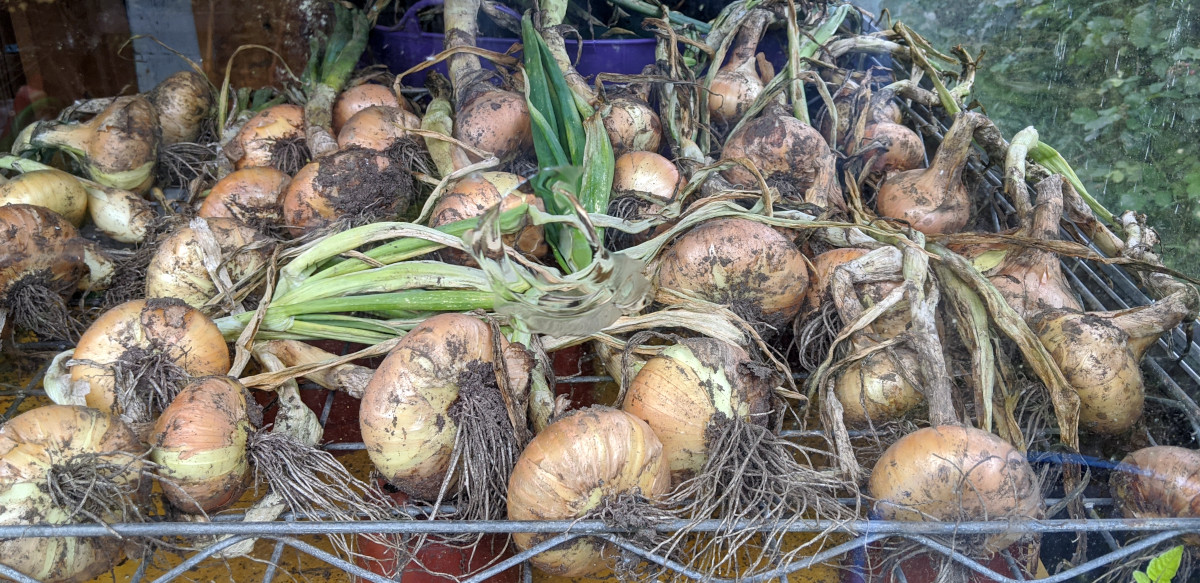
For example, tomatoes can be canned or turned into sauces, while cucumbers can be pickled. These preserved foods can add variety to your meals and reduce the need for store-bought alternatives.
Below: One way of preserving crops is grow types like leeks that will stand all winter long and survive being frozen.
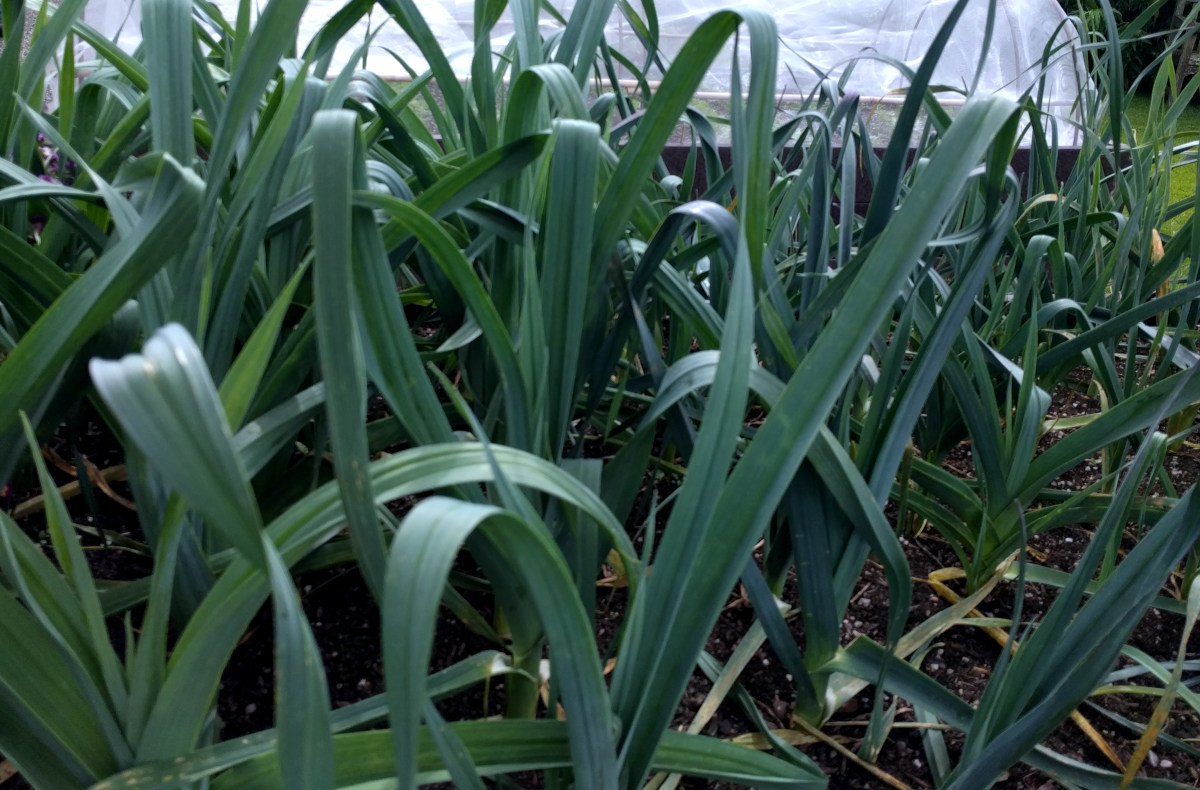
I have to confess to preferring natural storage methods like a cold root cellar for hard fruits and root veg and then going without when they run out, I find i look forward to the "season" much more.
In a world where convenience often trumps sustainability, the idea of achieving food self-sufficiency may seem daunting, especially for those living alone. However, single people have unique advantages when it comes to becoming self-sufficient in food. Without the need to cater to a household, you can tailor your approach to suit your tastes, space, and lifestyle. This guide will help you navigate the path to food independence, covering everything from growing your own produce to preserving your harvest and planning sustainable meals.
